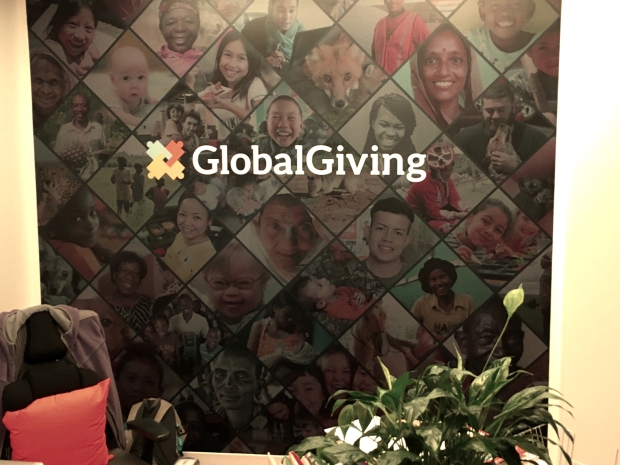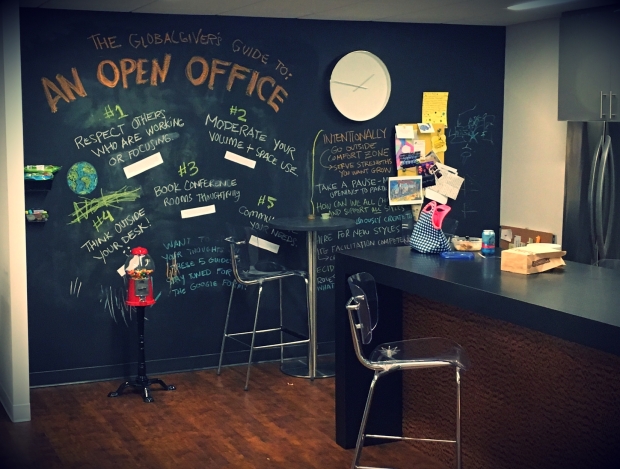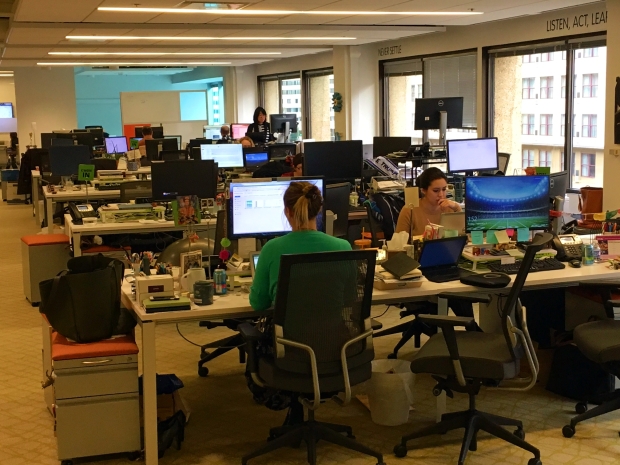We have found a new home! Kindly visit this link in our new website here: https://www.denver-frederick.com/2017/02/21/karl-zinsmeister-author-of-the-almanac-of-american-philanthropy-joins-denver-frederick/
The following is a conversation between Karl Zinsmeister, Vice President of Publications at Philanthropy Roundtable, and Denver Frederick, Host of The Business of Giving on AM 970 The Answer in New York City.
Denver: If you stop and take a moment to think about endeavors that have been woefully underappreciated in terms of what they have meant in building and shaping America, philanthropy would most certainly be on that list. Karl Zinsmeister, who oversees publication at the Philanthropy Roundtable, has taken upon himself to address this with two recent books to help us better appreciate the pivotal role that private resources have played in solving public problems. Those books are The Almanac of American Philanthropy and What Comes Next? : How private giving can rescue America in an era of political frustration. And he is with us now. Good evening, Karl, and welcome to The Business of Giving!
Karl: It’s great to be on your show, Denver!
Denver: Before we delve into the history of philanthropy and some of the fascinating stories you tell of philanthropists, first provide us with some context about the nonprofit sector itself, its significance and breadth, and what it really means to the American economy.
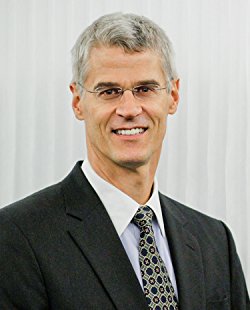 Karl: Boy, it’s such a huge secret, Denver, as you implied in your intro. People don’t realize that we give away $373 billion every single year in voluntary cash donations, and the value of voluntary time and labor that we put in is about that much more; so you can roughly double that. And just to give you a little perspective, that’s about twice the size of the so-called military industrial complex that people use as a kind of a metaphor for a big serious part of the American economy– big industry. It’s such a huge part of our economy. And even more than that, Denver, it’s a huge part of our culture. Philanthropy ends up being kind of our risk capital… or our venture capital. It’s the thing that we pour into new problems, to sticky problems, to difficult problems because it’s much more flexible. It’s much more nimble. It’s much more inventive. It’s much more willing to make mistakes and to correct course and to redirect itself than almost any kind of funding available–either governmental or corporate. So philanthropy has historically played just a giant role in fixing some of our really dreadful national issues and lots of little things as well.
Karl: Boy, it’s such a huge secret, Denver, as you implied in your intro. People don’t realize that we give away $373 billion every single year in voluntary cash donations, and the value of voluntary time and labor that we put in is about that much more; so you can roughly double that. And just to give you a little perspective, that’s about twice the size of the so-called military industrial complex that people use as a kind of a metaphor for a big serious part of the American economy– big industry. It’s such a huge part of our economy. And even more than that, Denver, it’s a huge part of our culture. Philanthropy ends up being kind of our risk capital… or our venture capital. It’s the thing that we pour into new problems, to sticky problems, to difficult problems because it’s much more flexible. It’s much more nimble. It’s much more inventive. It’s much more willing to make mistakes and to correct course and to redirect itself than almost any kind of funding available–either governmental or corporate. So philanthropy has historically played just a giant role in fixing some of our really dreadful national issues and lots of little things as well.
Denver: Well, I want to talk to you about some of those… and some of the people who made it happen. In your book, The Almanac of American Philanthropy, all 1,342 pages of it, you really do tell, Karl, some fascinating stories of American philanthropists. There was a fellow who made his fame and fortune through Tabasco sauce, which is still sold in stores today. Who was he? And where did his philanthropic interests lie?
Karl: That’s a great place to start. You know, people can’t imagine that a product like Tabasco sauce could actually accumulate enough money to change the world, but it did. And in this case, it’s a really delightful guy. I just kept finding these kinds of people the more I dug into philanthropy, Denver. There are thousands of them. This guy is named Ned McIlheny, and he’s a Southern boy, grew up in Louisiana bayous, and he’s just one of those kind of Forrest Gump-type personalities, had adventure after adventure after adventure. And at some point, he became very much of an outdoorsman and loved nature. And one of the stories I tell about him in the Almanac was that he realized that a bird he just loved– a fellow native of the bayous in Louisiana called the Snowy Egret– was disappearing. And what had happened, it was the egret’s feathers had become just a fashion craze for women’s hats. They were being hunted to death, and nobody was doing anything about it. And rather than dial 911, or call his congressman, or say somebody should do something about this, McIlheny went into direct action himself. The first thing he did was: he literally went out and beat the bushes on the island that his family owns down in Louisiana– still owns– and it took two full days for him to find two nests. That’s how rare these birds had become. And he finally found two nests, and he scooped up eight little baby fledglings from these nests and brought them back and raised them in a protected area on his own property. And over a period of about 10 years, he increased this flock to about 90,000 to 100,000 birds as a kind of seed capital. And at the same time, he was working on this microscale, he was also talking to his fellow philanthropist friends like Olivia Sage and John Rockefeller, and he was saying, “You know? A lot of these swampy lands along the Louisiana coast that people think is just wasteland? That’s really important to birds! We should preserve that. You should buy that up and just hang on to it as kind of conservation land.” And he convinced them to do that. And with this kind of double-pronged approach, and this combination of his money and his energy and his ideas and his enthusiasm, he was really instrumental in bringing the Snowy Egret back from extinction. This is the kind of personality we’re dealing with, Denver.
The American spiritual is just one of our original art forms, but it existed entirely in an oral form. It had never been written down. And you forget that those kinds of things can disappear. It only takes one broken link generation in the chain, and it’s gone. So when he figured this out, McIlheny again just decided: “I’m going to do something about it. I’m not going to wait for somebody else.”
And then I just love the fact that the second story I tell about McIlheny: that’s also about extinction, but it’s a totally different kind of extinction… So I mentioned he’s a Southern boy. He grew up in the South, and he just loved Negro spirituals. They were part of his life, and he adored them. And he noticed, when he was getting to be an older man in his 60s, he just wasn’t hearing them anymore. People didn’t sing them on the porches like they used to. People couldn’t remember the words when he asked them to join him, and he became worried about this.
Now, you have to remember, this music, which is obviously deep Americana…. The American spiritual is just one of our original art forms, but it existed entirely in an oral form. It had never been written down. And you forget that those kinds of things can disappear. It only takes one broken link generation in the chain, and it’s gone. So when he figured this out, McIlheny again just decided: “I’m going to do something about it. I’m not going to wait for somebody else.”
First, philanthropy, as you know well, tends to be personal. So the first thing he did, he ran around his neighborhood to figure out: who remembers any of these songs? And he found these two delightful elderly women, both in their 90s, in his neighborhood, who remembered hundreds of spirituals– both the songs and the lyrics. And he then hired a musicologist, and the two men sat down with these two ladies, and they just asked them to sing their hearts out. And while they did that, they scrupulously wrote as fast as they could, to record all the melodies and the harmonies and the lyrics; and they got these down. Anyway, McIlheny published these as a book. I’m trying to remember, I think there were like 125 spirituals in this book. And I went to some trouble when I was working on the Almanac to figure out how many of those spirituals had been recorded any other place and would’ve survived anyway. And it’s only like five or six that were written down anywhere else. And by the way, one of the spirituals that was saved by McIlheny in this way was the one that Martin Luther King Jr. quoted in his very famous address– when he talked about: “Free at last, free at last; Thank God Almighty, I’m free at last!” That was one of the McIlheny spirituals.
Denver: Thanks to Ned. Well, another great guy you talk about is Alfred Loomis. Actually, his great grandson is Reed Hastings, the CEO of Netflix, and he’s disrupted a couple of industries. But boy, what Alfred Loomis did was even more interesting and significant in many ways. Tell us about him.





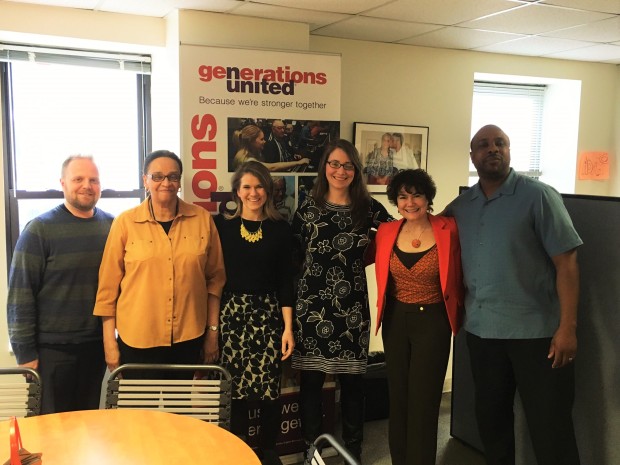
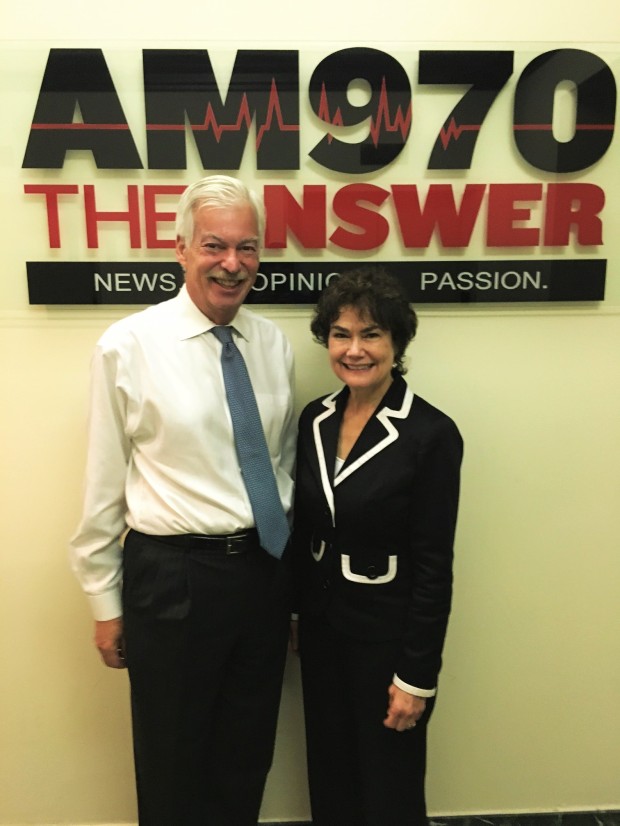 Adam: One thing that I really like about working for a smaller organization is that it gives the staff here an opportunity to kind of be a jack of all trades. I think everybody here feels empowered to say that, “Oh, I’m really interested in doing this” or “this thing interests me,” whether it’s web design for social media or just things that maybe wouldn’t traditionally fall under their job titles. Everybody here, I think, feels empowered to step up and say that, and to kind of pursue maybe other avenues outside of just what their normal job title wouldn’t tell.
Adam: One thing that I really like about working for a smaller organization is that it gives the staff here an opportunity to kind of be a jack of all trades. I think everybody here feels empowered to say that, “Oh, I’m really interested in doing this” or “this thing interests me,” whether it’s web design for social media or just things that maybe wouldn’t traditionally fall under their job titles. Everybody here, I think, feels empowered to step up and say that, and to kind of pursue maybe other avenues outside of just what their normal job title wouldn’t tell.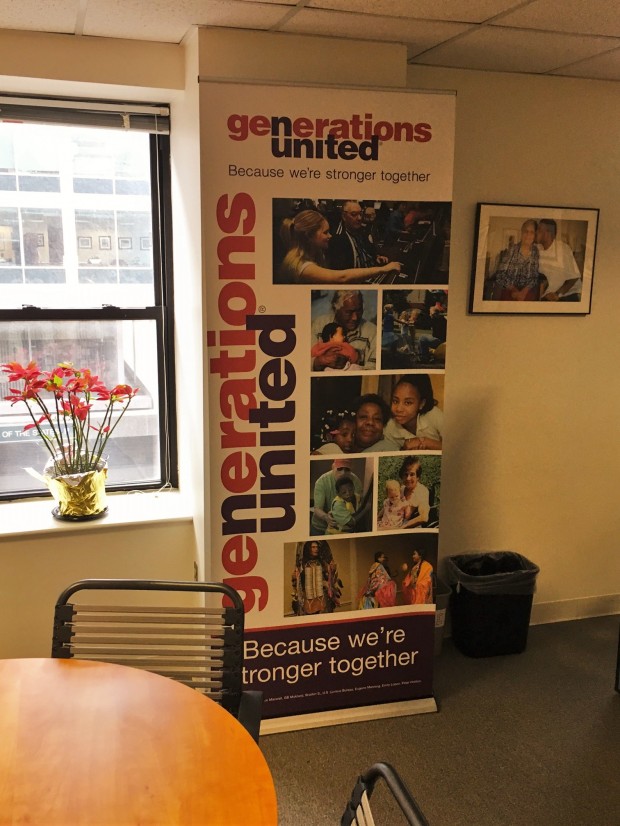

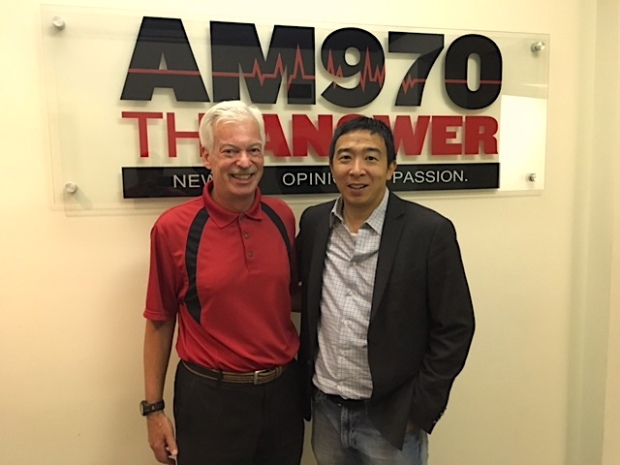


 Denver: Only about 50% of people take medication as prescribed. Some folks on long-term medication, well, they eventually just give up and stop taking it. This non-adherence could cost up to $100 billion a year in the US alone, so this is quite a problem. But with us right now is someone working on the solution. He is Dr. Giovanni Traverso from Brigham and Women’s Hospital and MIT in Boston. Good evening, Doctor!
Denver: Only about 50% of people take medication as prescribed. Some folks on long-term medication, well, they eventually just give up and stop taking it. This non-adherence could cost up to $100 billion a year in the US alone, so this is quite a problem. But with us right now is someone working on the solution. He is Dr. Giovanni Traverso from Brigham and Women’s Hospital and MIT in Boston. Good evening, Doctor!





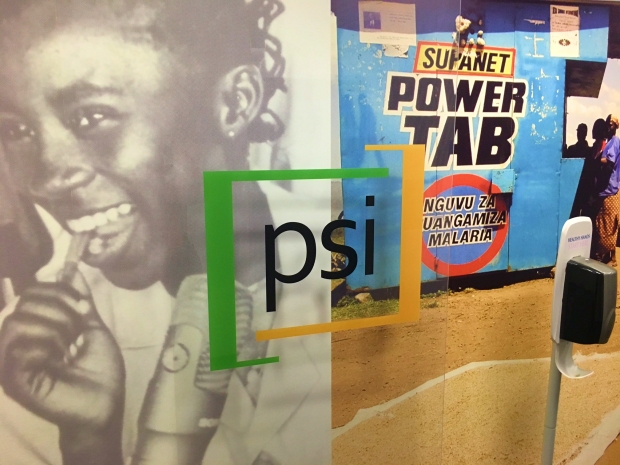

 Sandy: And what I love about PSI is that we have this—it’s actually part of our character– we’re locally rooted, but globally connected. PSI and the nature of this organization is that many of what we call our affiliates or members are actually locally grown organizations. They have their own boards of directors. They have their own staff that come from the local population. So for me, it’s really good to see that ideas are coming from the countries themselves and not just being dictated from Washington.
Sandy: And what I love about PSI is that we have this—it’s actually part of our character– we’re locally rooted, but globally connected. PSI and the nature of this organization is that many of what we call our affiliates or members are actually locally grown organizations. They have their own boards of directors. They have their own staff that come from the local population. So for me, it’s really good to see that ideas are coming from the countries themselves and not just being dictated from Washington.
